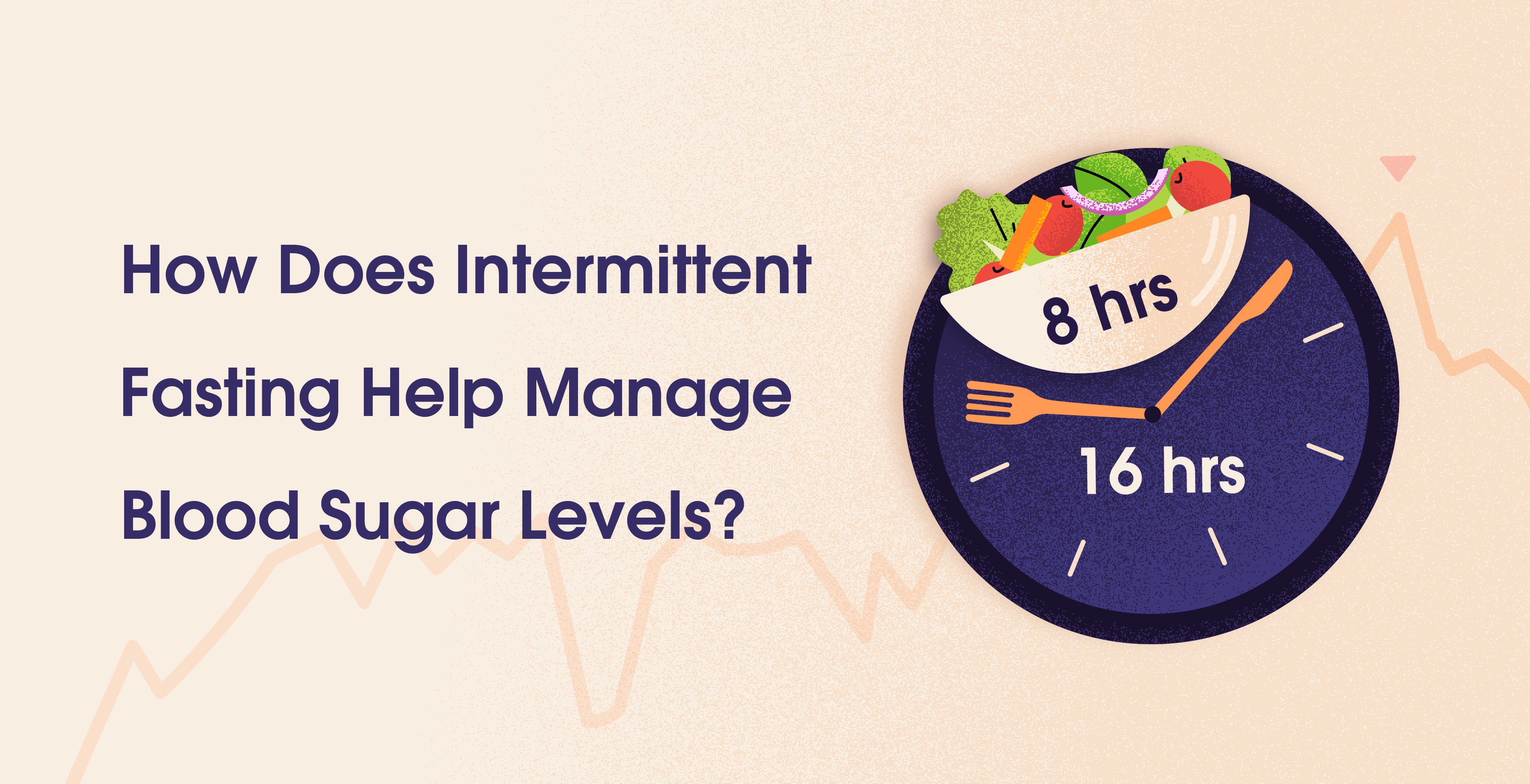Is a Continuous Glucose Monitor Useful for Prediabetes?
Nov 11, 2024
Sayfali Rawlani
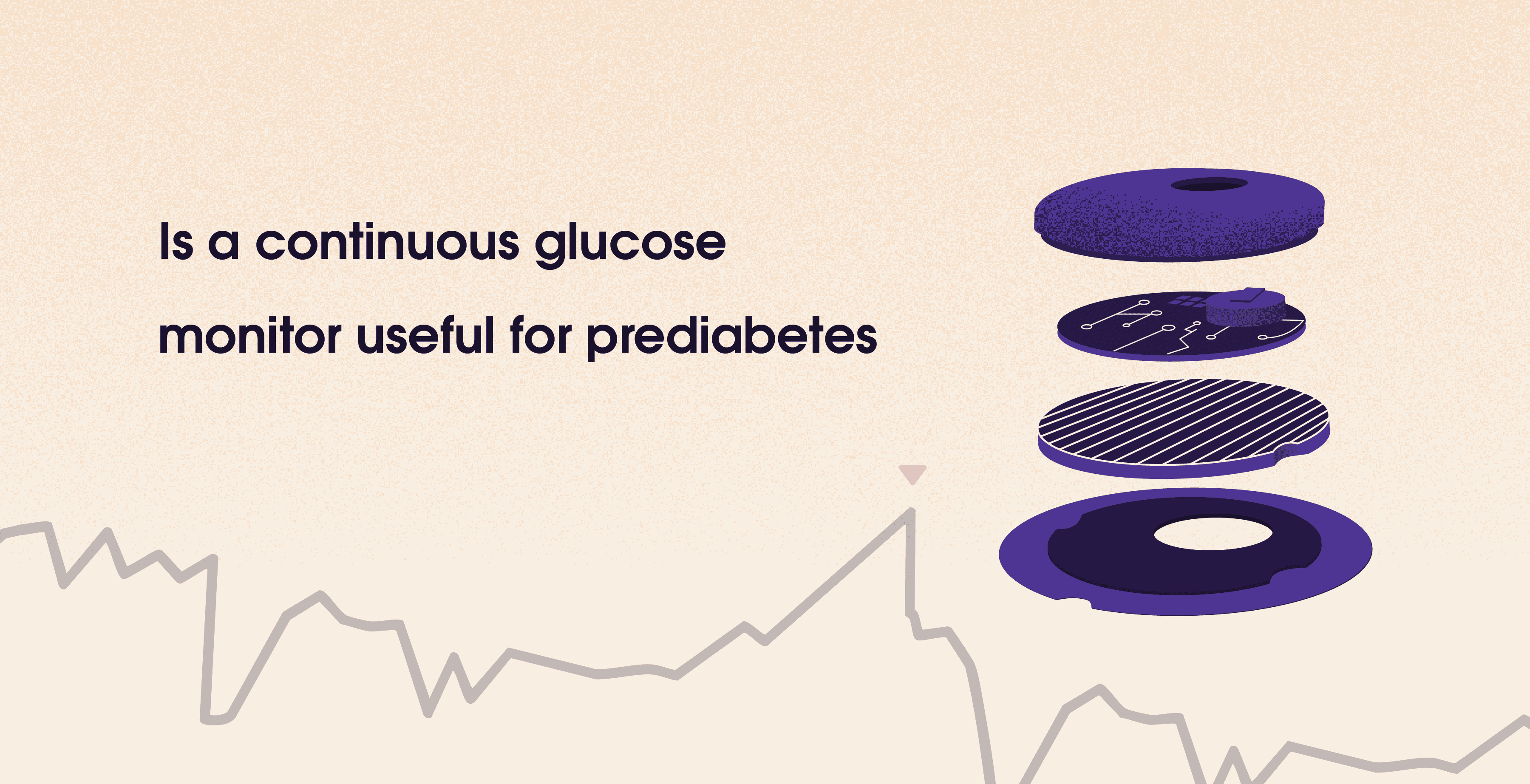


Table Of Contents
Prediabetes is a wake-up call. It’s like your body nudging you, saying, “Hey, you might want to take a closer look at what’s going on.” But tracking blood sugar levels every day? That can feel like a full-time job. And here’s where the continuous glucose monitor, or CGM, steps into the spotlight.
You’ve probably heard of these little gadgets. CGMs aren’t just for those with full-blown diabetes anymore. They’ve become the talk of the town for people trying to get ahead of the curve—folks with prediabetes who want to understand their blood sugar in a way that, let’s be honest, a few finger pricks can’t really capture.
Highlights
A CGM tracks blood sugar levels 24/7, providing insights beyond typical finger-prick tests.
Real-time data reveals how different foods and portion sizes impact blood sugar, helping identify “trigger foods.”
A CGM helps identify glucose patterns influenced by lifestyle, like stress, activity, or sleep, offering a deeper understanding of daily impacts.
Seeing real-time improvements (like stable glucose after a workout) reinforces healthy habits and boosts motivation.
CGMs show how non-food factors—stress, sleep, and hydration—affect blood sugar, making it easier to adopt an all-around approach.
CGMs can be expensive and aren’t always covered by insurance for prediabetes; they also require commitment and adjustment.
Track meals, snacks, and activities for better insight.
Test how different pairings affect glucose (e.g., pairing carbs with protein).
See CGM data as a guide, not rigid rules, and consult a healthcare provider for further interpretation.
A CGM can be valuable for proactive prediabetes management, offering personalized insights to build sustainable, healthy habits.
Why Choose a CGM Over the Usual Finger Pricks?
Here’s the thing: traditional methods are helpful, but they only give you snapshots. Imagine taking a single picture of a sunset every hour. Sure, you’d get an idea of the sky, but you’d miss all the subtle colors, the shifts, the full story. CGMs give you the full movie—they track your blood sugar levels all day and night. You get this smooth, continuous picture that’s hard to ignore, and it’s easier to spot patterns that could otherwise fly under the radar.
At the Same Time Feedback
Now, this real-time feedback is critical. You might notice your blood sugar spiking after certain foods (hello, late-night pasta) or find that a quick walk keeps your levels steady. With a CGM, you see these shifts almost instantly. There’s something satisfying about making a small change and watching the result unfold before you. It’s like your body becomes an open book, and you’re the one flipping through the pages, getting to understand its quirks and triggers.
Breaking the Cycle of “Out of Sight, Out of Mind”
Let’s be honest: one of the biggest pitfalls in managing prediabetes is simply not thinking about it. It’s easy to fall into the “I feel fine, so I must be fine” trap. But prediabetes doesn’t usually come with a loud alarm—no dizzy spells, no sudden fatigue. It’s more like a whisper that’s easy to tune out. A CGM keeps that whisper right there on your phone, nudging you with gentle reminders. It’s not that it makes you obsessive, but rather, it keeps you mindful.
The Subtle Psychology of Wearing a CGM
Having a CGM on your body subtly shifts your thinking. It’s like having a tiny coach with you, always reminding you to make those little tweaks in your routine. And if you’re the kind of person who likes to stay on top of things, this tool can give you a surprising sense of control. Sure, at first, you might feel a bit “wired up,” but soon, it becomes part of your daily rhythm.
For a lot of people with prediabetes, this constant feedback can be empowering. They’re no longer waiting for a yearly blood test to tell them if things have improved. They’re tracking their journey in real-time, seeing the ups and downs, and learning from every curve and dip.
More Than Numbers
With a CGM, you’re not just seeing numbers—you’re learning. Let’s say you discover that your blood sugar climbs after lunch. Maybe it’s the carbs, or maybe it’s stress from a busy afternoon. Or, perhaps you notice a drop after yoga, telling you that relaxation truly does your body good. Over time, these insights can become second nature, nudging you to make better choices without even thinking about it.
There’s a deeper takeaway here. You realize that managing prediabetes isn’t just about avoiding a diagnosis. It’s about feeling good, about tuning into what your body needs, and responding with a little more kindness and balance. And the CGM can make that journey way more transparent.
Is It Right for Everyone?
Of course, a CGM isn’t for everybody. Some might find it invasive, while others may feel too “plugged in.” But for those willing to embrace a little tech, the benefits can be huge. Imagine knowing exactly how your body reacts to your favorite weekend brunch or how it handles a stressful workday. That knowledge can become a powerful motivator.
If you’re dealing with prediabetes, it might be worth giving a CGM a shot. Think of it less as a “medical device” and more as a tool for self-discovery. It’s a way to see how your choices affect your health in real-time and, with any luck, to make those choices a little bit better each day.
References
Prediabetes is a wake-up call. It’s like your body nudging you, saying, “Hey, you might want to take a closer look at what’s going on.” But tracking blood sugar levels every day? That can feel like a full-time job. And here’s where the continuous glucose monitor, or CGM, steps into the spotlight.
You’ve probably heard of these little gadgets. CGMs aren’t just for those with full-blown diabetes anymore. They’ve become the talk of the town for people trying to get ahead of the curve—folks with prediabetes who want to understand their blood sugar in a way that, let’s be honest, a few finger pricks can’t really capture.
Highlights
A CGM tracks blood sugar levels 24/7, providing insights beyond typical finger-prick tests.
Real-time data reveals how different foods and portion sizes impact blood sugar, helping identify “trigger foods.”
A CGM helps identify glucose patterns influenced by lifestyle, like stress, activity, or sleep, offering a deeper understanding of daily impacts.
Seeing real-time improvements (like stable glucose after a workout) reinforces healthy habits and boosts motivation.
CGMs show how non-food factors—stress, sleep, and hydration—affect blood sugar, making it easier to adopt an all-around approach.
CGMs can be expensive and aren’t always covered by insurance for prediabetes; they also require commitment and adjustment.
Track meals, snacks, and activities for better insight.
Test how different pairings affect glucose (e.g., pairing carbs with protein).
See CGM data as a guide, not rigid rules, and consult a healthcare provider for further interpretation.
A CGM can be valuable for proactive prediabetes management, offering personalized insights to build sustainable, healthy habits.
Why Choose a CGM Over the Usual Finger Pricks?
Here’s the thing: traditional methods are helpful, but they only give you snapshots. Imagine taking a single picture of a sunset every hour. Sure, you’d get an idea of the sky, but you’d miss all the subtle colors, the shifts, the full story. CGMs give you the full movie—they track your blood sugar levels all day and night. You get this smooth, continuous picture that’s hard to ignore, and it’s easier to spot patterns that could otherwise fly under the radar.
At the Same Time Feedback
Now, this real-time feedback is critical. You might notice your blood sugar spiking after certain foods (hello, late-night pasta) or find that a quick walk keeps your levels steady. With a CGM, you see these shifts almost instantly. There’s something satisfying about making a small change and watching the result unfold before you. It’s like your body becomes an open book, and you’re the one flipping through the pages, getting to understand its quirks and triggers.
Breaking the Cycle of “Out of Sight, Out of Mind”
Let’s be honest: one of the biggest pitfalls in managing prediabetes is simply not thinking about it. It’s easy to fall into the “I feel fine, so I must be fine” trap. But prediabetes doesn’t usually come with a loud alarm—no dizzy spells, no sudden fatigue. It’s more like a whisper that’s easy to tune out. A CGM keeps that whisper right there on your phone, nudging you with gentle reminders. It’s not that it makes you obsessive, but rather, it keeps you mindful.
The Subtle Psychology of Wearing a CGM
Having a CGM on your body subtly shifts your thinking. It’s like having a tiny coach with you, always reminding you to make those little tweaks in your routine. And if you’re the kind of person who likes to stay on top of things, this tool can give you a surprising sense of control. Sure, at first, you might feel a bit “wired up,” but soon, it becomes part of your daily rhythm.
For a lot of people with prediabetes, this constant feedback can be empowering. They’re no longer waiting for a yearly blood test to tell them if things have improved. They’re tracking their journey in real-time, seeing the ups and downs, and learning from every curve and dip.
More Than Numbers
With a CGM, you’re not just seeing numbers—you’re learning. Let’s say you discover that your blood sugar climbs after lunch. Maybe it’s the carbs, or maybe it’s stress from a busy afternoon. Or, perhaps you notice a drop after yoga, telling you that relaxation truly does your body good. Over time, these insights can become second nature, nudging you to make better choices without even thinking about it.
There’s a deeper takeaway here. You realize that managing prediabetes isn’t just about avoiding a diagnosis. It’s about feeling good, about tuning into what your body needs, and responding with a little more kindness and balance. And the CGM can make that journey way more transparent.
Is It Right for Everyone?
Of course, a CGM isn’t for everybody. Some might find it invasive, while others may feel too “plugged in.” But for those willing to embrace a little tech, the benefits can be huge. Imagine knowing exactly how your body reacts to your favorite weekend brunch or how it handles a stressful workday. That knowledge can become a powerful motivator.
If you’re dealing with prediabetes, it might be worth giving a CGM a shot. Think of it less as a “medical device” and more as a tool for self-discovery. It’s a way to see how your choices affect your health in real-time and, with any luck, to make those choices a little bit better each day.
References
Table Of Contents
Table Of Contents
Table Of Contents
Read More
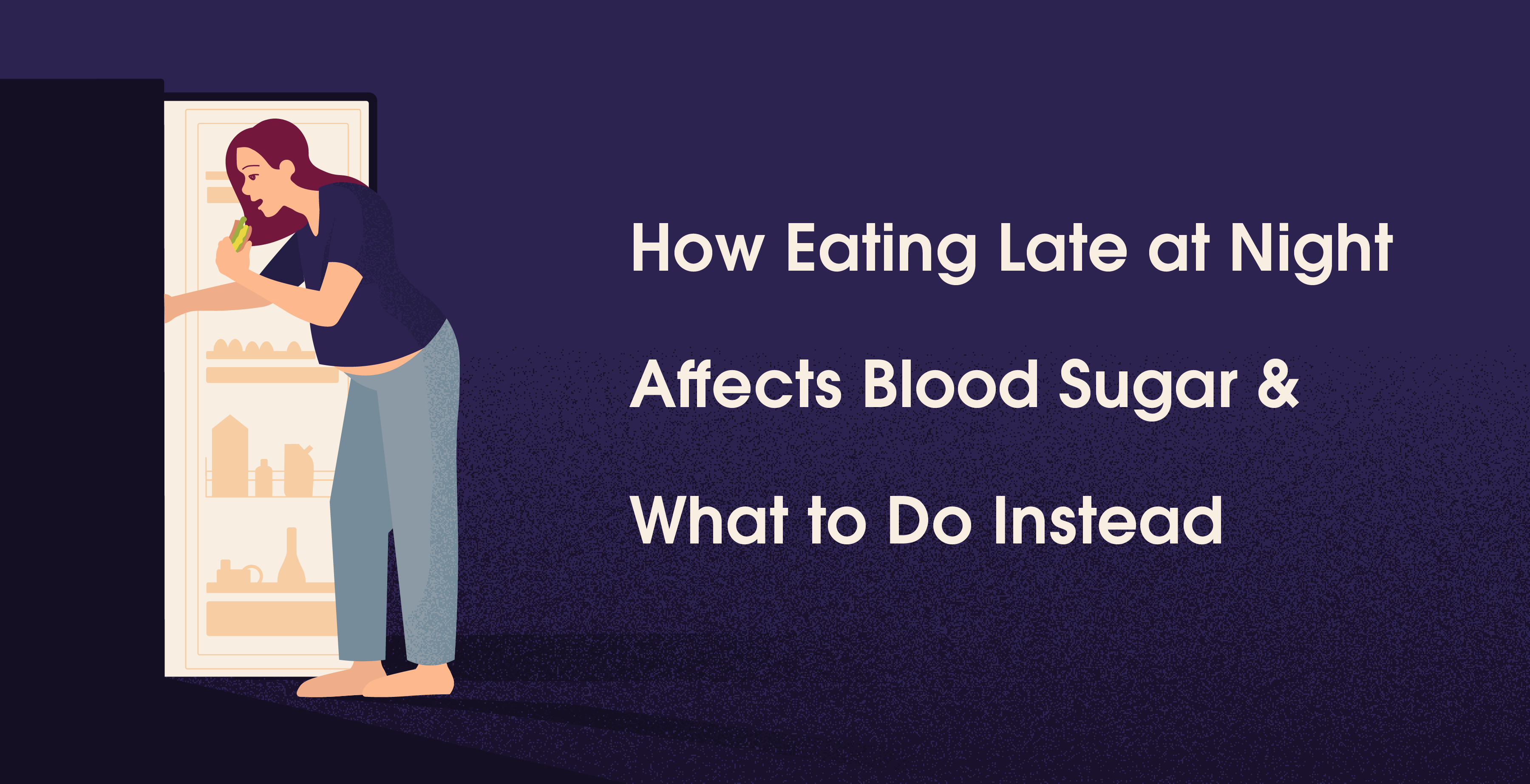

Mar 25, 2025
Sayfali Rawlani
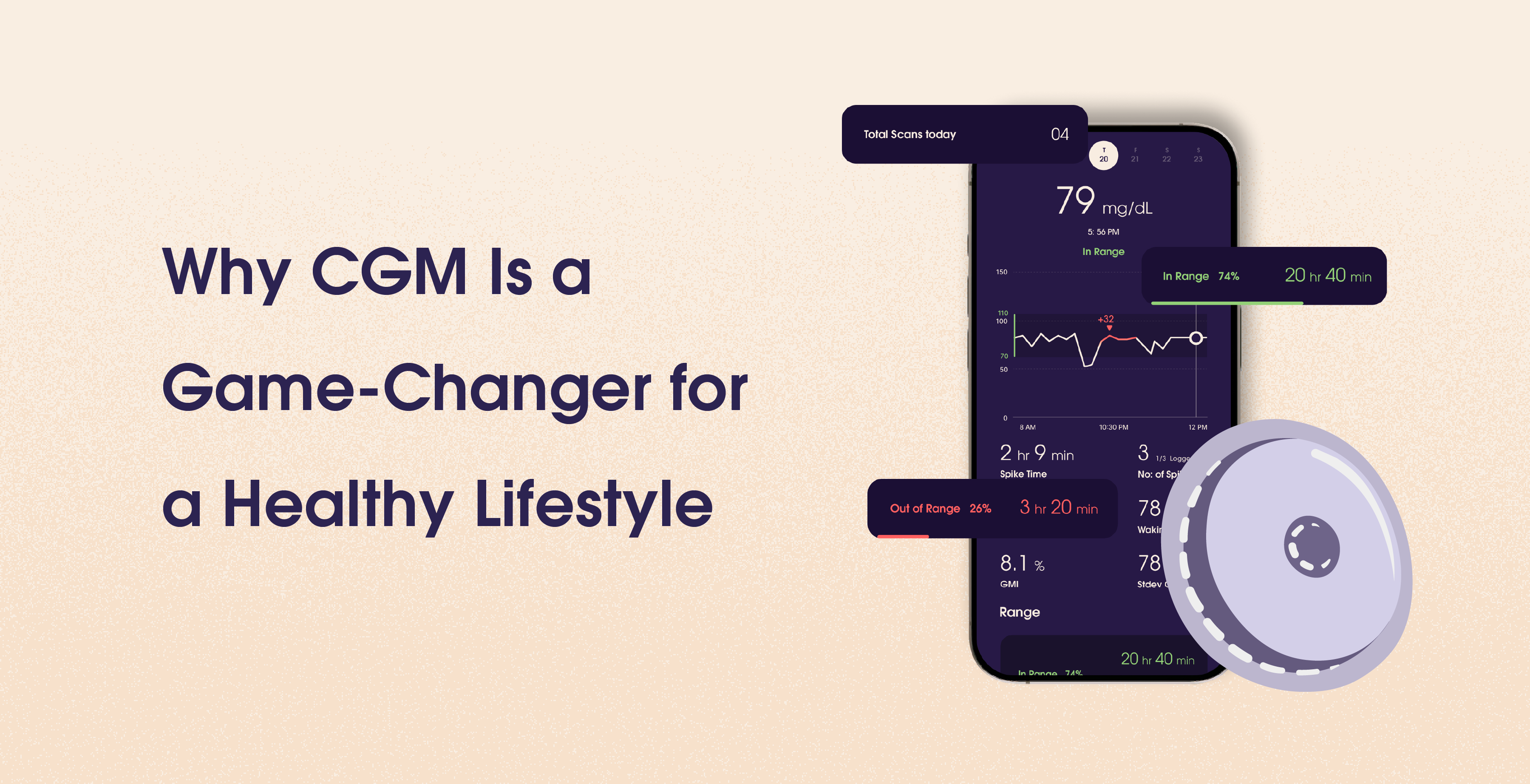

Mar 20, 2025
Sayfali Rawlani
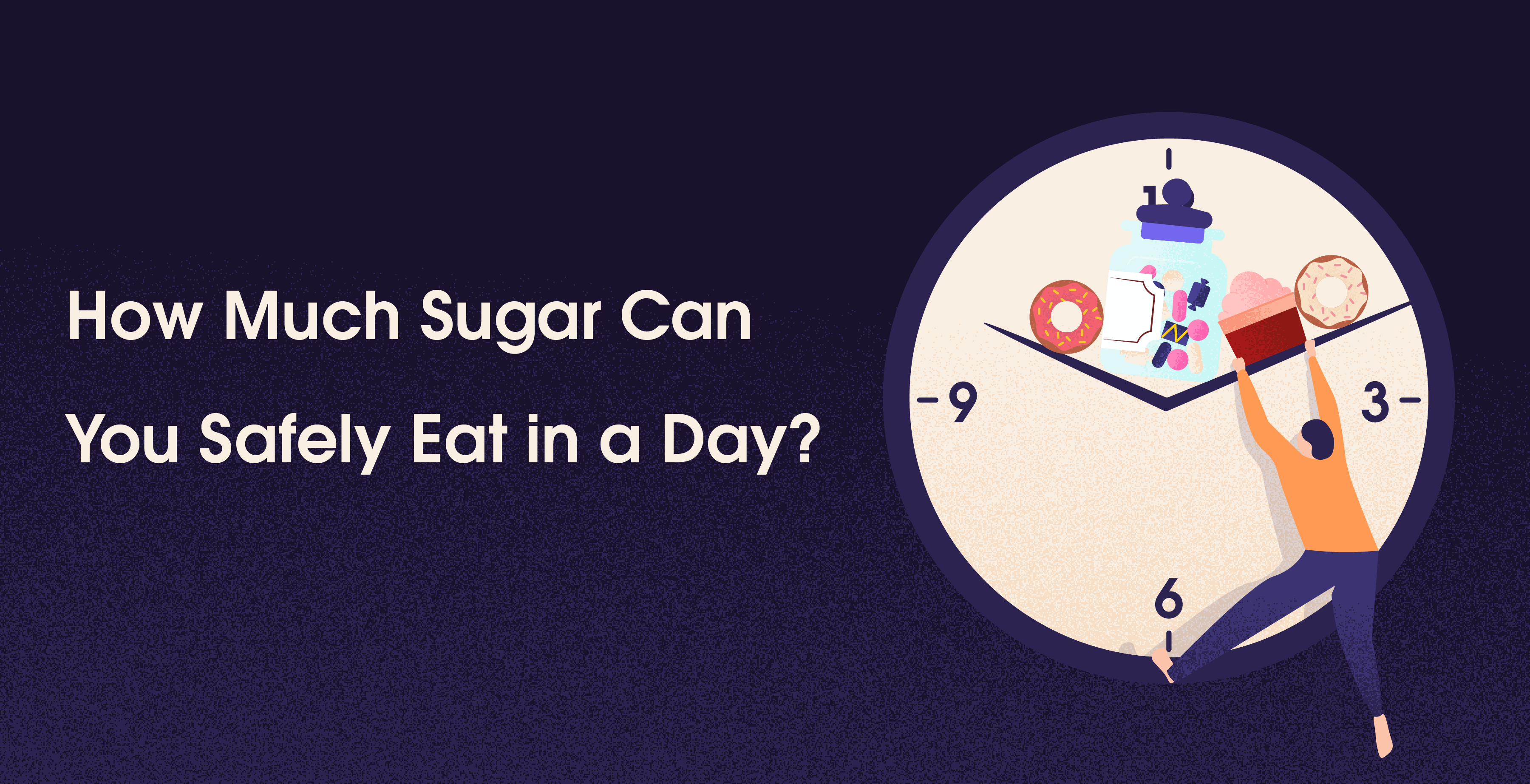

Mar 6, 2025
Sayfali Rawlani



Copyright © 2025 trst health. All right reserved.

